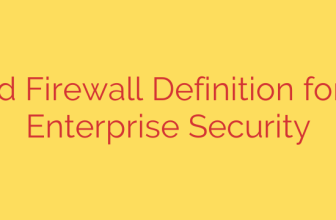
When evaluating your defense against digital threats, organizations often focus heavily on choosing the right antivirus solution. While endpoint protection is a vital component of any cybersecurity strategy, fixating solely on the software choice can lead you to miss a much more fundamental and dangerous vulnerability: the excessive privileges granted to end-users. The core issue isn’t necessarily which security product you install, but rather the level of access users have on their systems.
Granting users administrator rights or unnecessary elevated permissions essentially provides attackers with a golden key should they manage to breach a system. Malware, ransomware, and other malicious payloads are designed to leverage high-level privileges to execute their harmful functions, persist on the network, disable security software, and spread laterally. When a threat runs with admin rights, it can often bypass standard security controls, including traditional antivirus, rendering them significantly less effective. It’s like having a high-tech alarm system but leaving the back door wide open with the key under the mat.
Security software, no matter how sophisticated, operates within the constraints of the user’s permissions. If a malicious process is running with full administrative control, it can potentially interfere with, disable, or evade the very tools meant to stop it. This highlights a critical truth: relying solely on reactive endpoint protection without addressing foundational access controls leaves your network vulnerable to sophisticated and even unsophisticated threats that exploit lax privilege management. Focusing on this software choice alone becomes a distraction from the most impactful security improvements.
The most effective approach is to implement the principle of least privilege. This foundational security practice dictates that users should only be granted the minimum level of access and permissions necessary to perform their specific job functions. By limiting user privileges, you dramatically reduce the attack surface. Even if malware or an attacker compromises a user account, the scope of damage and their ability to move freely within the network or disable defenses is severely restricted. This proactive measure weakens the impact of successful breaches significantly.
Ultimately, building a robust security posture requires looking beyond just the endpoint software. Addressing and mitigating the risk posed by unnecessary user privileges through policies and technical controls is a far more impactful step than endlessly debating the merits of one antivirus product over another. Prioritizing the implementation of least privilege is a fundamental step towards creating a truly resilient and secure environment.
Source: https://heimdalsecurity.com/blog/admin-rights-problem/








